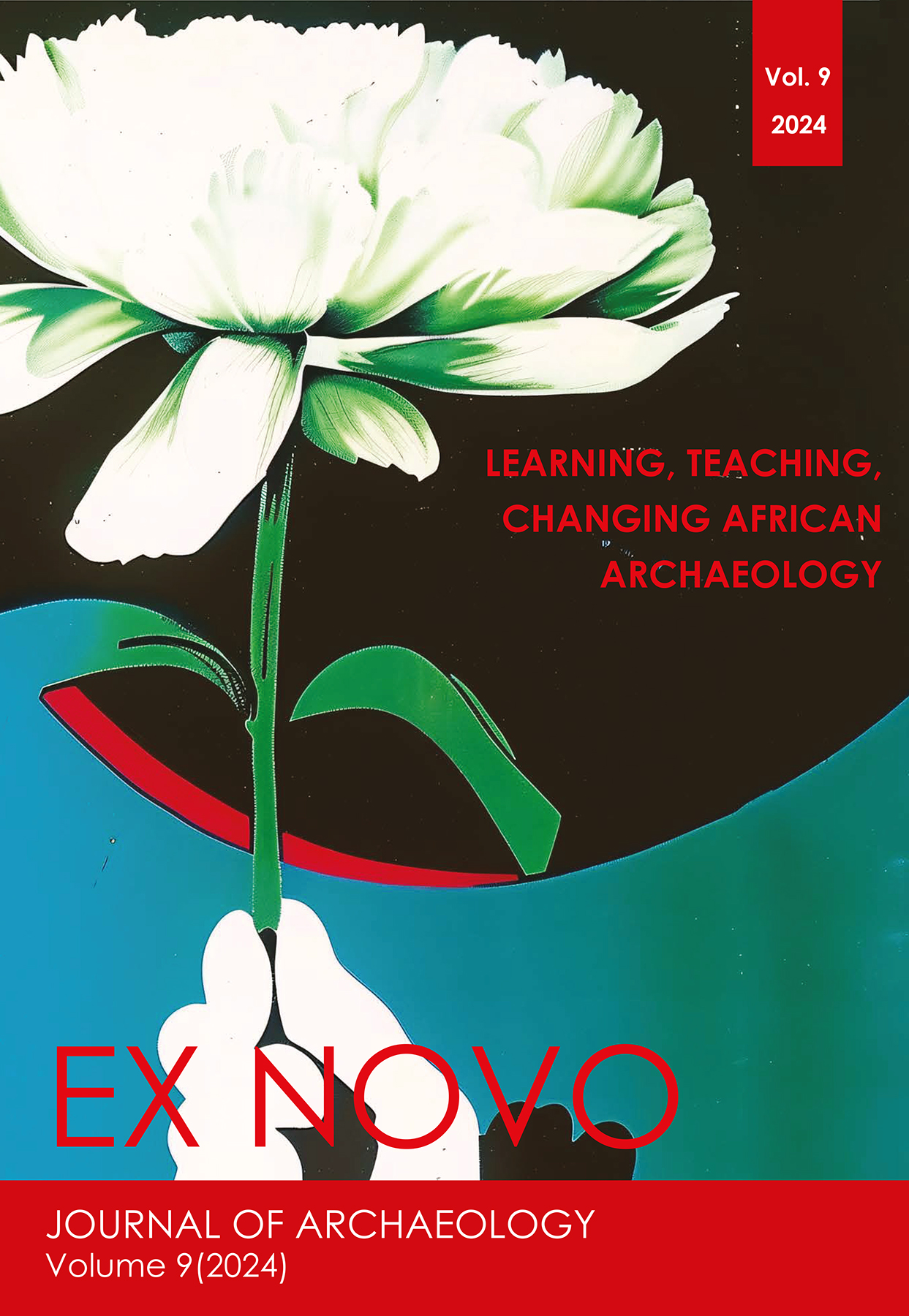Exploring Late Antiquity through cities in southern Spain and northern Africa, and beyond: A review of ATLAS’ final colloque and the “Invisible Cities” exhibition.
DOI:
https://doi.org/10.32028/exnovo-vol-9-pp.105-112Keywords:
Late Antiquity, Urban landscapes, Reviews, Conferences, ExhibitionsAbstract
Late Antiquity has been, and continues to be, on the rise amongst scholars from different fields, having been largely overlooked until the late 20th century.[1] However, in the present day it has become a prolific area of research that encourages an interdisciplinary approach. It is in this context where the project “ATLAS – Late antique cities in the South of the Iberian Peninsula and North Africa during the 3rd to 8th centuries” has emerged, led by the Universität Hamburg (Germany), the La Rochelle Université (France) and the Casa de Velázquez – School of Advanced Hispanic and Iberian Studies (Madrid, Spain). With Sabine Panzram and Laurent Brassous as PIs, it has gathered a substantial network of researchers who focus on this extensive period in order to shed light on specific towns scattered across the ancient Roman provinces of Baetica and Africa Proconsularis. The aim of the project is threefold, as it has created a GIS where all the information gathered has been included, a publication or “companion”, and a travelling exhibition under the title “Invisible Cities”.
References
BROWN, P. 1971. The World of Late Antiquity. London: Thames and Hudson.
KENNEDY, H. 1985. From Polis to Madina: Urban Change in Late Antique and Early Islamic Syria. Past and Present, 106: 3-27.
Downloads
Published
How to Cite
Issue
Section
License
Copyright (c) 2025 Associazione Ex Novo

This work is licensed under a Creative Commons Attribution-NonCommercial-NoDerivatives 4.0 International License.






